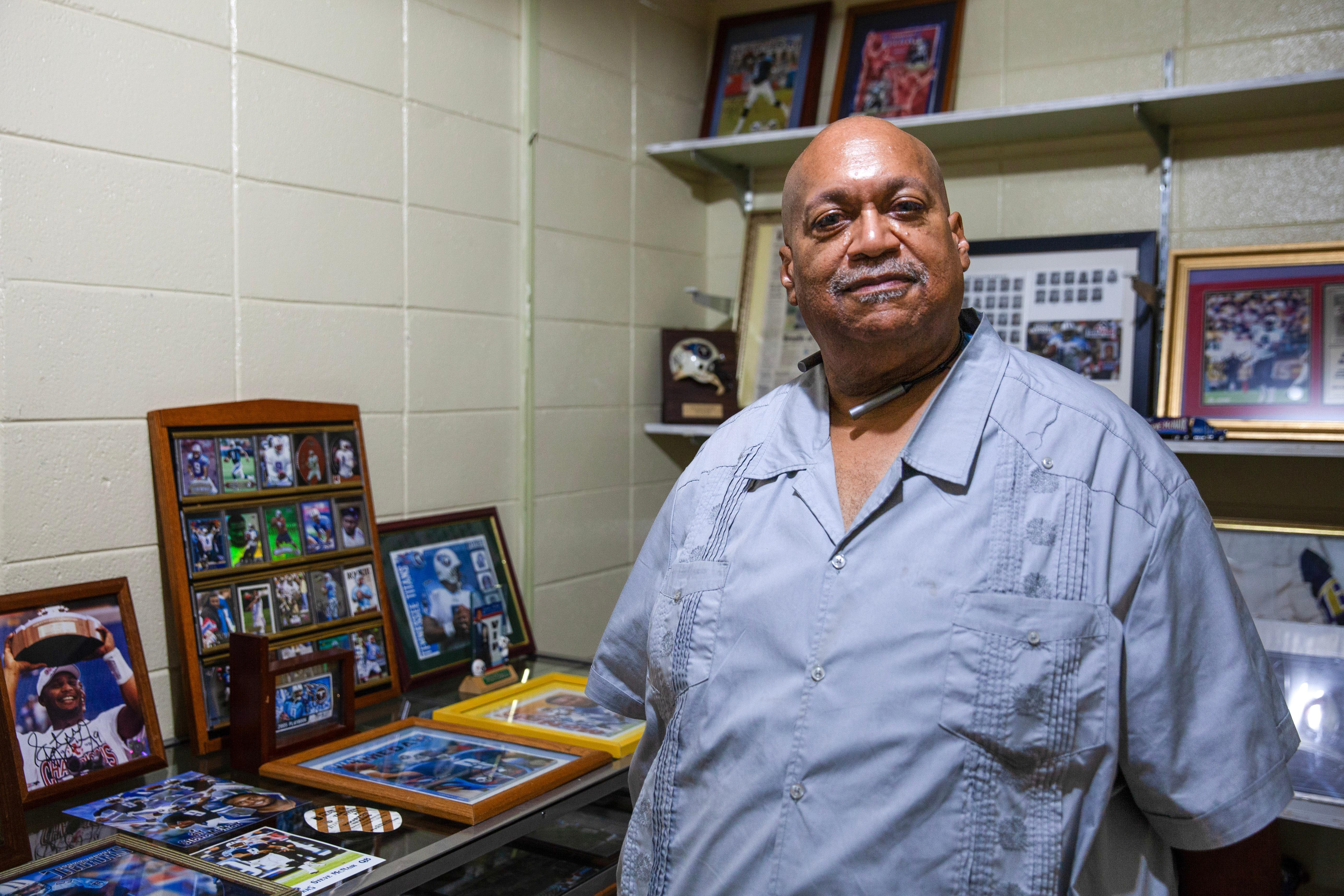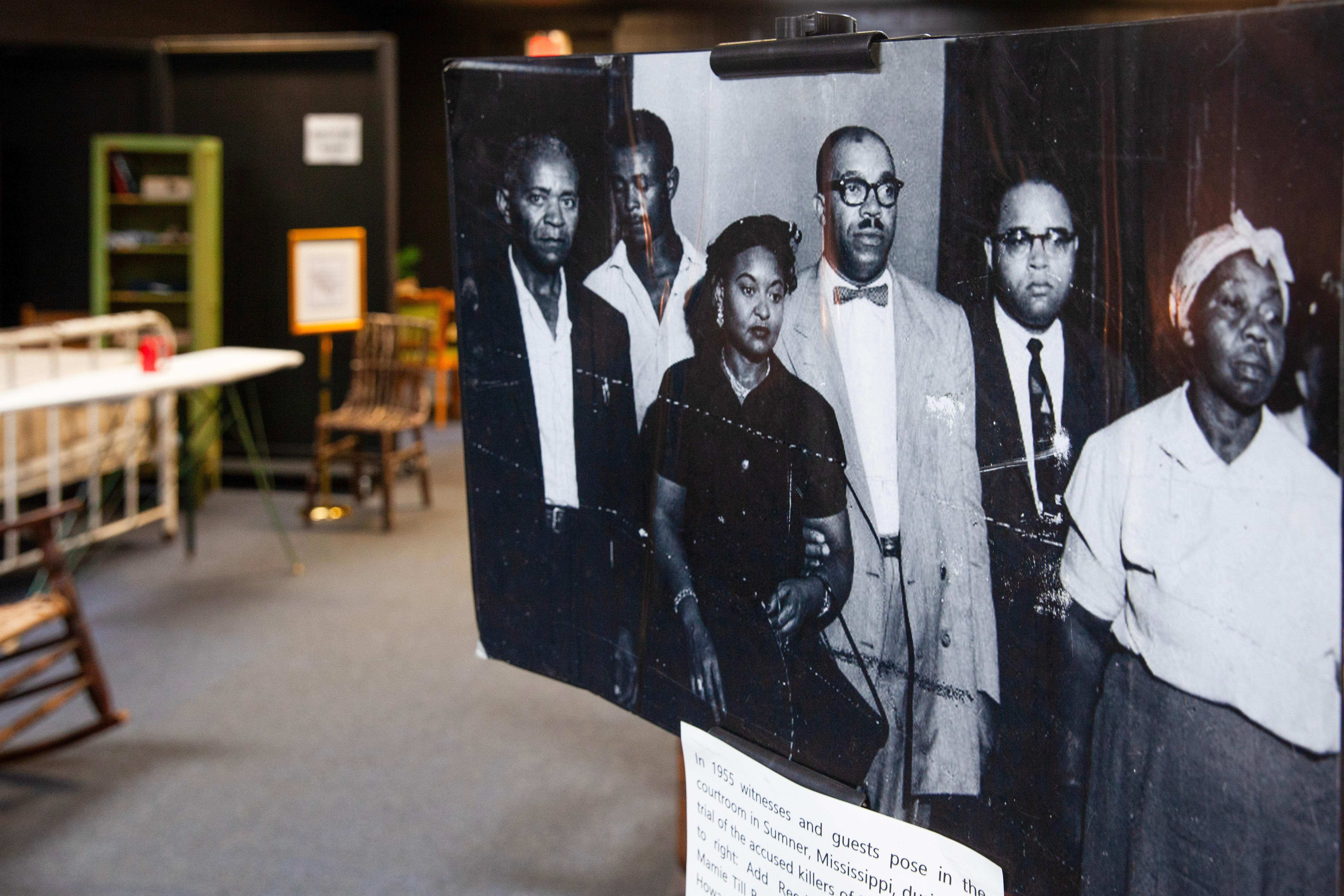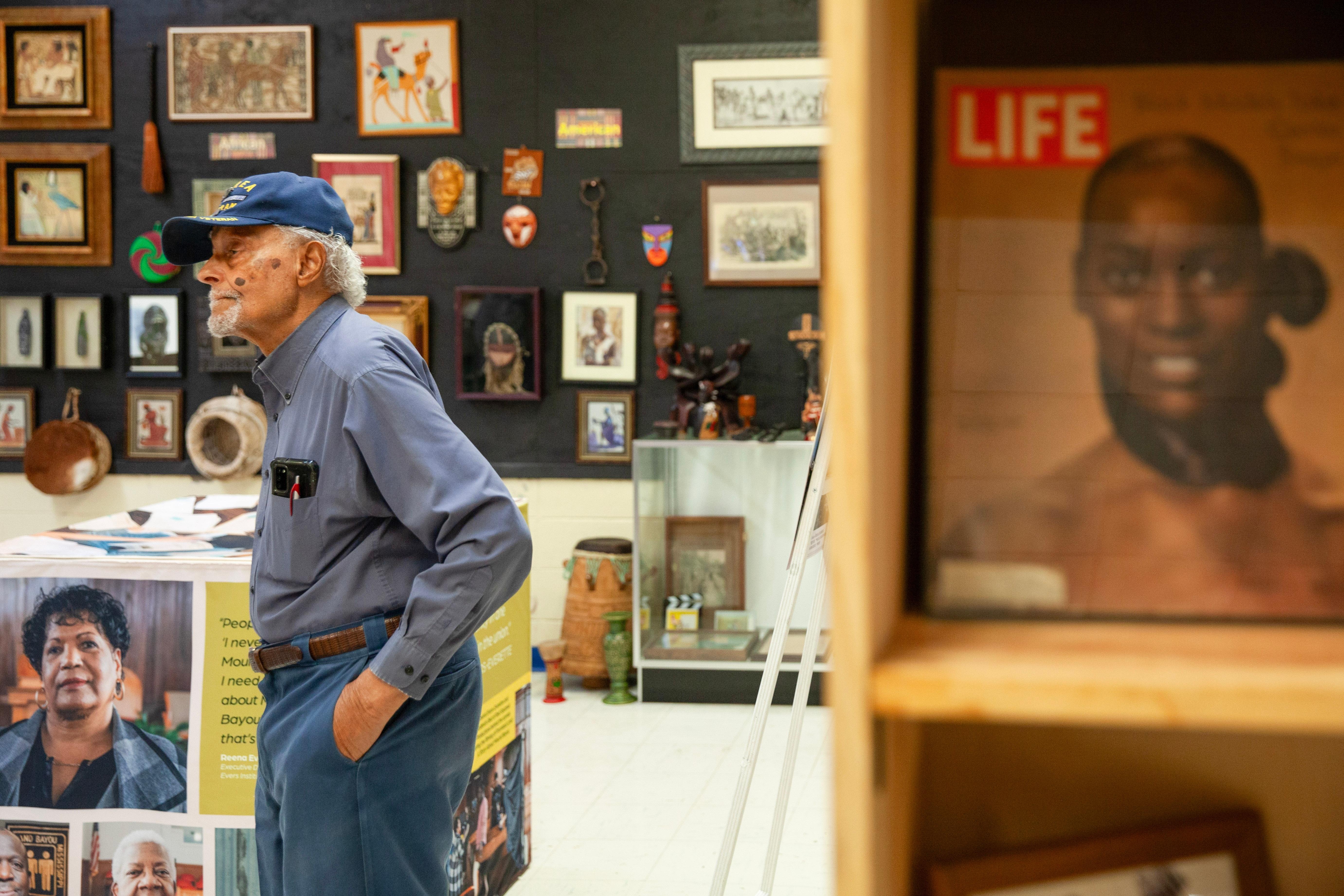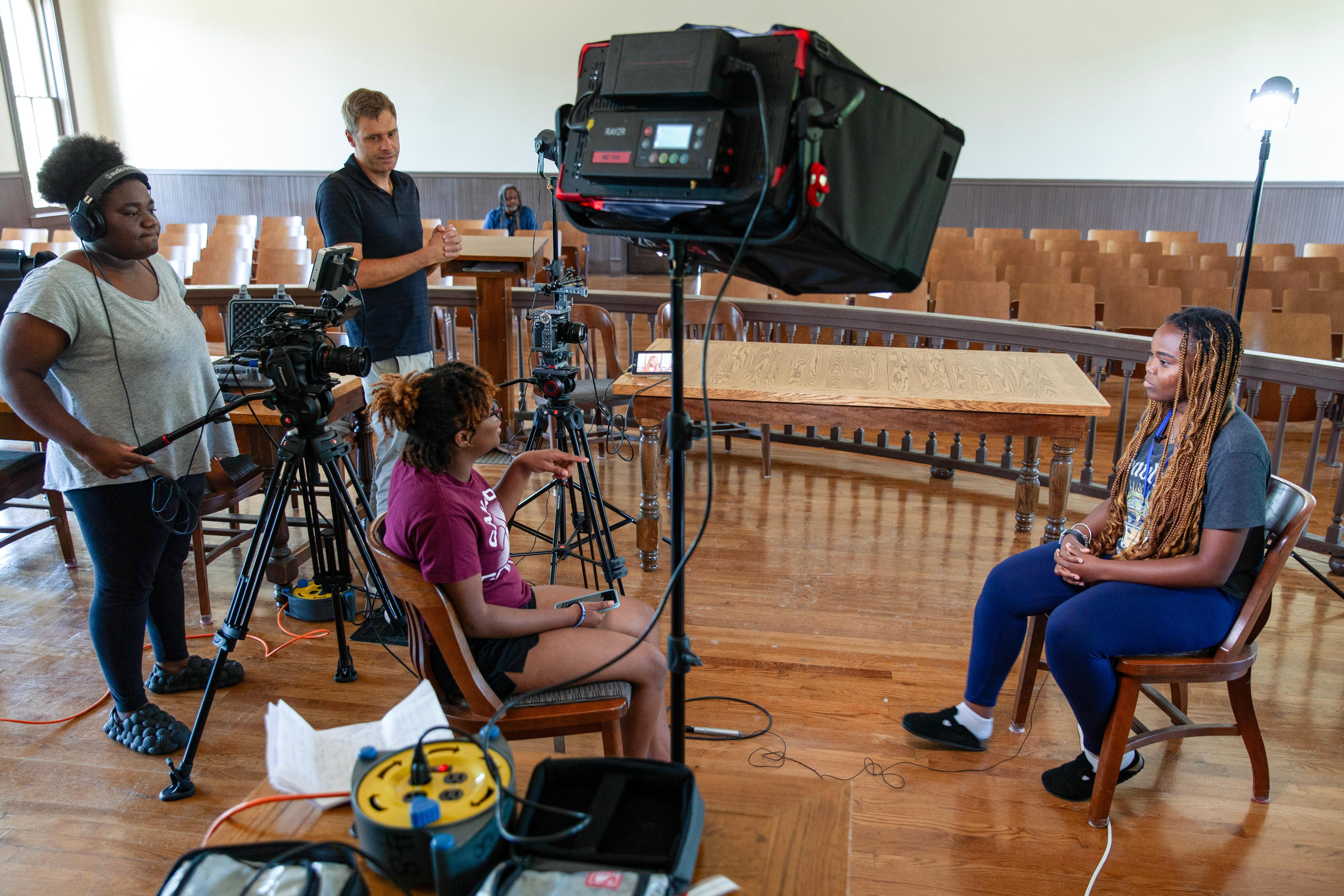Kennedy Williams is a 16-year-old high school student from Phillip, Mississippi, a town close to Money, where Till was visiting that summer.Growing up in the area, she knew Emmett Till’s story, but it’s different to physically be where it took place – like in front of the grocery store where he was accused of whistling at a white woman, or inside of the seed barn where he was tortured.
“It kind of puts you in a new perspective or in a new light about things,” Williams said. “Like, ‘Oh, I live right across from this place.’ It wasn't even like 10 or 15 miles from me. It was about two blocks.”
Williams is one of about 20 students working on a short film about what they’ve learned. She said her generation must be more present and aware of their history, even if it’s painful.
“You should always see where you should go back to, and you should always see the sites of where people made change for you and where people opened the doors for you,” she said.










